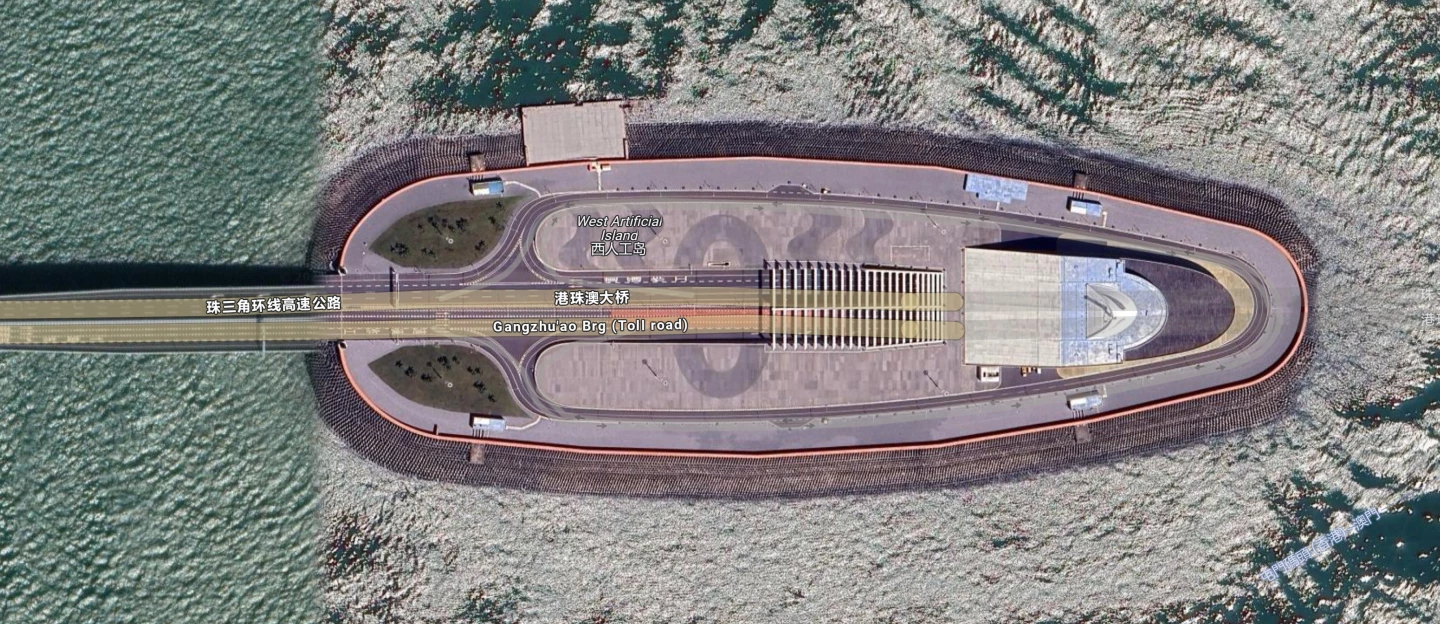When you think of bamboo, you probably don't think of the world's longest bridge-and-tunnel sea crossing spanning 34 miles (55 km) and shuttling around 150,000 people a day between Hong Kong and Macau.
You probably think of cute little roly-poly panda bears. And that's understandable, as bamboo makes up about 99% of a panda's diet. A giant panda will eat as much as 84 lb (38 kg) of bamboo per day. Leaves, stems, shoots and all.
It's a good thing for bamboo that it's one of the fastest-growing and sustainable plant species in the world – Moso bamboo can grow up to 35 inches (91 cm) per day. Did you know bamboo isn't actually a tree? It's grass ... and it's a strong grass: Stronger than mild steel (the stuff they make car parts and building I-beams out of) in terms of tensile strength. Bamboo's compressive strength is also higher than that of concrete – about 7,000 psi versus standard concrete's 4,000 psi. As strong as it is, it also has excellent elasticity and can bend significantly before splintering. And it's incredibly lightweight. It's basically nature's multi-purpose plant – including panda food.
Its impressive laundry list of properties make it an excellent candidate for a building material. Even sea-spanning bridge infrastructure material.
The Hong Kong-Zhuhai-Macao Bridge was completed in 2018. It spans the Zhujiang River Estuary in the South China Sea, connecting Hong Kong, Macau, and Zhuhai in Guangdong Province. The bridge shaves about 100 miles (160 km) off the trip from Hong Kong to Macau, the "Las Vegas of Asia."

The artificial island that connects the bridge segment to the tunnel that effectively supports all the day-to-day traffic has landscape platforms that were floored using bamboo-based composite panels. Covering about 215,278 square feet (20,000 sq m) in all, these bamboo panels have had to endure some of the most torturous conditions Mother Nature can throw at them: the constant batter of seawater, unrelenting sun, and the occasional typhoon thrown in for good measure. Seven years post construction, these durable, high-strength, eco-friendly panels are still standing the test of time.

China is the world's leader in the bamboo biz, accounting for roughly 70% of global bamboo exports. The country's bamboo industry is valued at around US$74 billion. This ability of the grass to grow quickly, its eco-friendliness, and its strength make it useful beyond chopsticks or simply a tasty panda snack.
China's advancements in bamboo composites, like low-aldehyde/phenol adhesives and mild pyrolytic techniques to remove contaminants while maintaining its cellulose structure make bamboo a leading renewable material for construction, not only for its resilience but also for its sustainability.
In 2023, China announced a three-year plan to promote "bamboo instead of plastic," to increase bamboo utilization by 20% by 2025 in an effort to reduce plastic waste. That means more bamboo in everything from construction to packaging. And by the looks of it, maybe even in future bridges.
Source: China Daily






